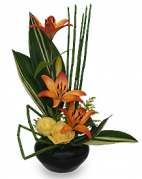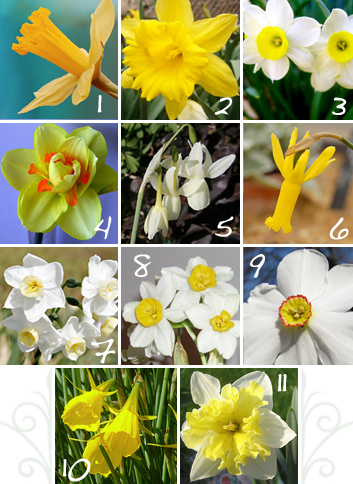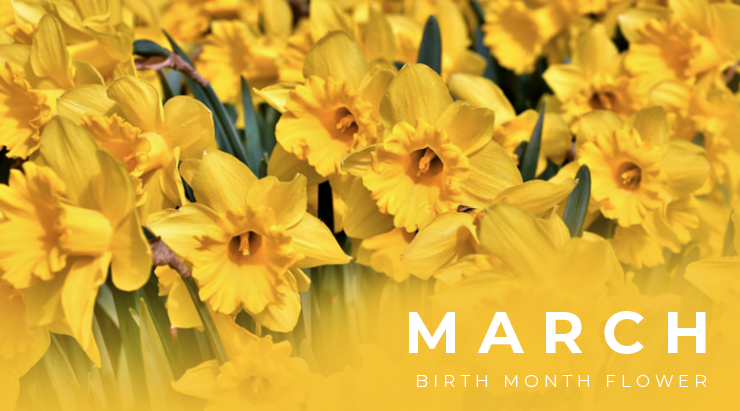
It’s no surprise that daffodils are the birth flower for March, since they ring in springtime. They are the perfect choice to send to anyone born in the month of March to let them know you’re thinking of them. Learn more about what makes daffodils so special:


 Find Your
Find Your 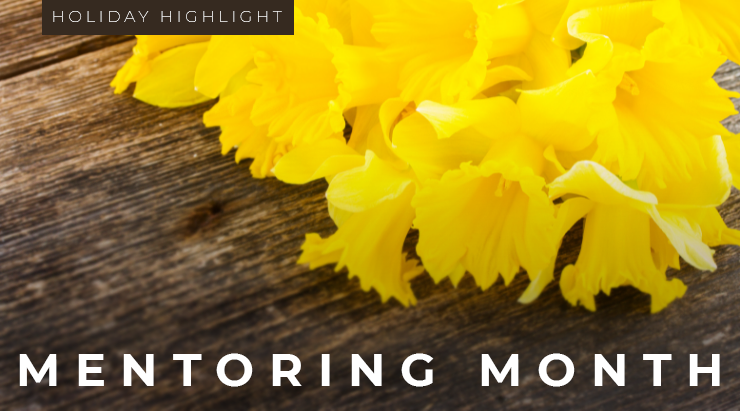
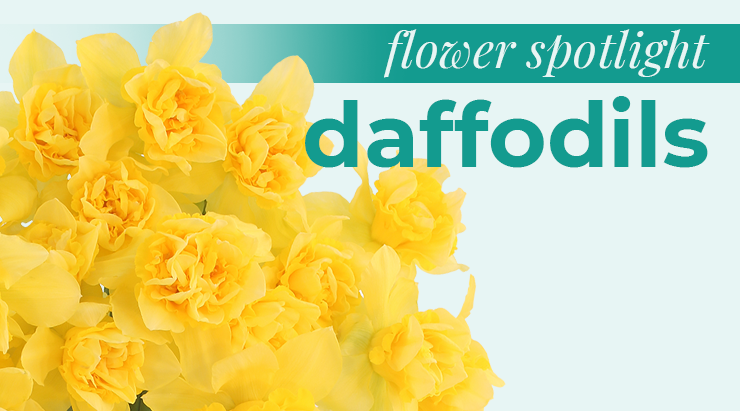

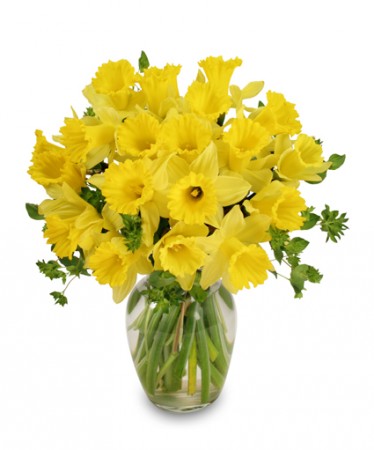





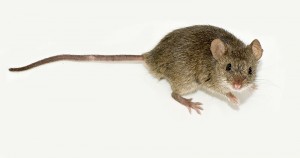 Flower Shop Network’s Plant Expert Reply: There are many plants that have pest repelling properties. You might try planting these in or around your home to keep the mice away: any type of mint, amaryllis, sweet pea, lavender, daffodils, wood hyacinth (or squill), grape hyacinth, alliums, catnip, camphor plant, elderberry, euphorbias, and wormwood.* Oak and bay leaves are also known to repel rodents. Planting any of these outside your home is a good way to deter mice and rats from coming into your house. You may also make sachets out of the leaves of some of these plants to use in drawers and closets, especially mint, bay and lavender.
Flower Shop Network’s Plant Expert Reply: There are many plants that have pest repelling properties. You might try planting these in or around your home to keep the mice away: any type of mint, amaryllis, sweet pea, lavender, daffodils, wood hyacinth (or squill), grape hyacinth, alliums, catnip, camphor plant, elderberry, euphorbias, and wormwood.* Oak and bay leaves are also known to repel rodents. Planting any of these outside your home is a good way to deter mice and rats from coming into your house. You may also make sachets out of the leaves of some of these plants to use in drawers and closets, especially mint, bay and lavender.